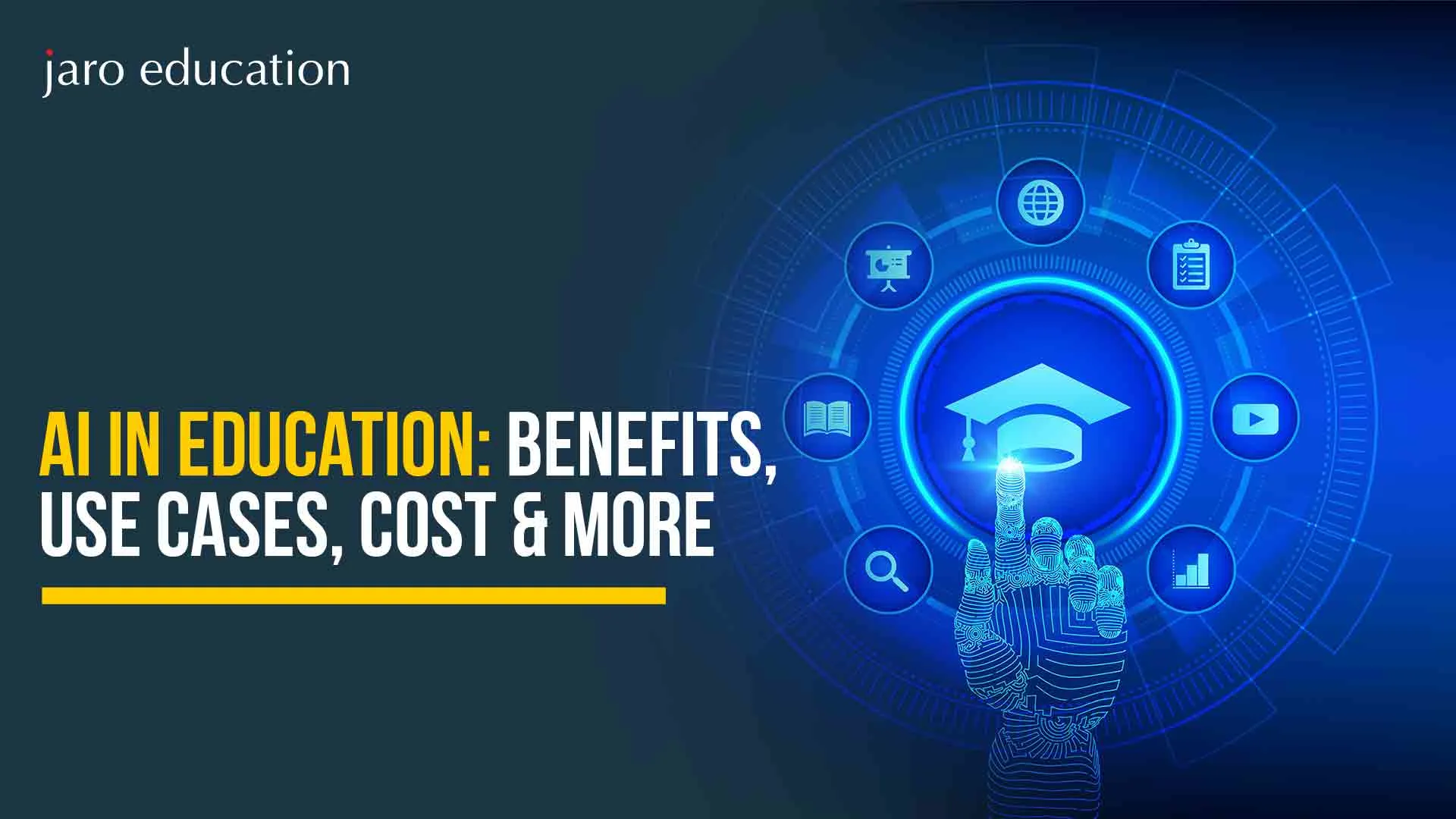What is Transfer Learning? Know Its Types & Applications
Table of Contents
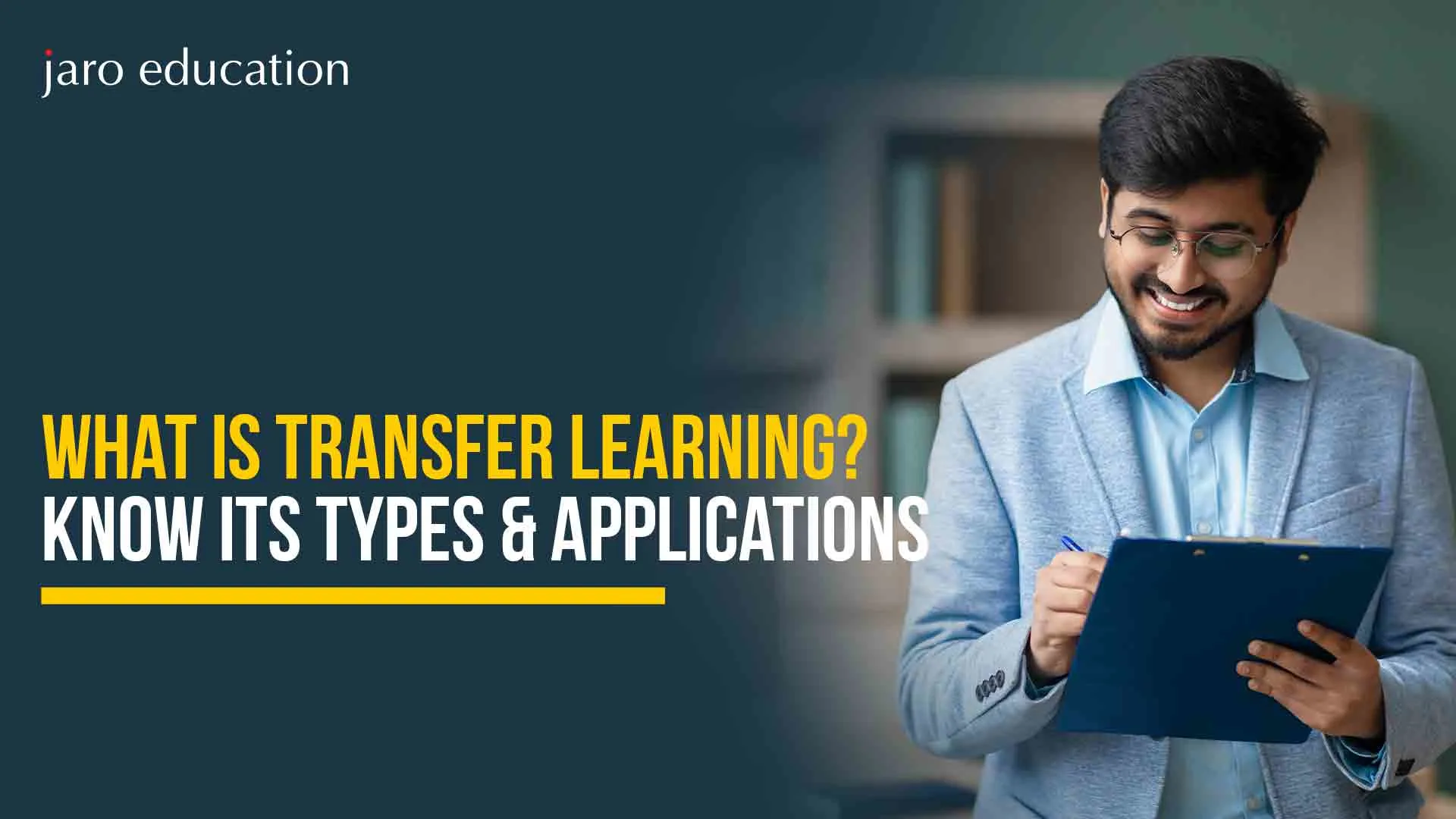
We have seen how the concept of artificial Intelligence and machine learning is evolving in every sector. But do you know that, long before technology like ChatGPT came into our consciousness, there was an emerging, new, and powerful approach called Transfer Learning.
This impactful breakthrough of transfer learning in deep learning allows AI systems to build upon pre-existing knowledge, thereby streamlining the learning process for novel tasks. Instead of starting from scratch each time, AI models equipped with transfer learning capabilities can tap into previously learnt concepts, dramatically reducing the learning curve. This adaptability is particularly advantageous in scenarios with limited or specialised data, offering solutions previously deemed unattainable.
Being highly versatile, it can be used across a spectrum of domains, from computer vision to image recognition and even natural language processing.
Transfer learning serves as a crucial tool in achieving success. In this blog, we understand transfer learning, explore its many types, and discuss its application in different sectors.
Understanding Key Concepts in Transfer Learning
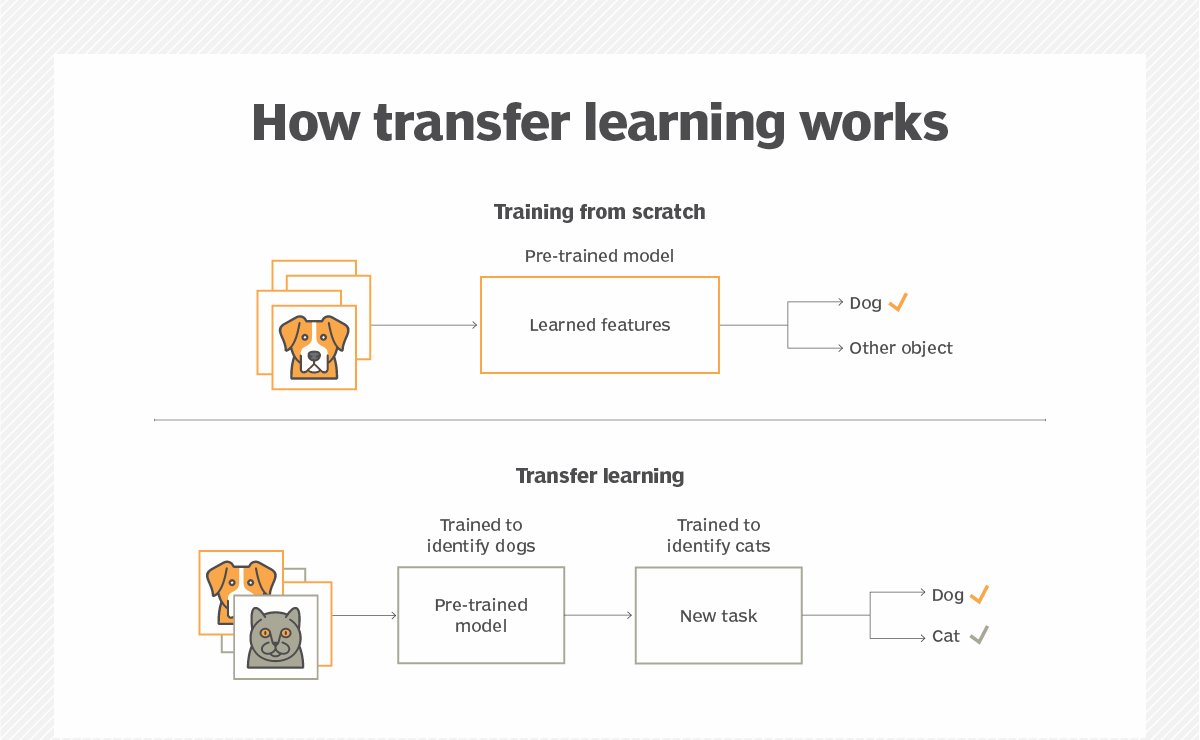
*techtarget.com
Transfer learning is a strategic approach that takes a pre-trained model that has been trained on a large dataset, including ImageNet, and adjusts it for a different and specific task. The core idea behind this approach is that a pre-trained model has already mastered useful features and patterns to be applied to new, related tasks.
- Pre-trained Models
- Feature Extraction
- Fine-Tuning
Types of Transfer Learning
Understanding the types of learning transfer helps in choosing the right strategy based on task similarity and data availability.
Inductive Transfer Learning
Inductive transfer learning generally involves a source and target domain that differ in their tasks, assuming that the similarities or dissimilarities in data distributions are not relevant. The turn to transfer learning is often utilised in computer vision to denote the process of utilising image-based data models that have been trained extensively on progressively larger datasets (such as ImageNet) and culminating in a pretrained generalizable model that can be fine-tuned for a different (target) task (for instance, different forms of learning such as Facial Recognition, Object Detection etc.).
Regardless of the different tasks during fine-tuning (target (process) and source (data)). Multitask learning can also be viewed as a form of inductive transfer because the model is learning multiple related tasks, such as image classification in conjunction with some type of object detection task, using the same dataset. Inductive transfer learning generally applies to tasks that involve labeled data being available in either the source, the target, or both the source/target. Therefore, inductive transfer is generally relevant to supervised learning models.
Unsupervised Transfer Learning
Unsupervised transfer learning, like inductive transfer, differs from the domain to the target task. The difference is that there is no labelled data available in either domain. As suggested by its name, it truly is unsupervised.
An example that is impacted by unsupervised transfer learning is fraud detection, which has been an example and target for machine learning. In fraud detection, a model looks at an unlabeled dataset of transactions, identifies normal transaction patterns, and flags any relationships that differ from the norm, which could indicate fraud or suspicious activity.
This type of transfer learning enables the recognition of patterns without any prior labelling of data, which adds tremendous value and opportunity when labels are difficult to come by.
Transductive Transfer Learning
Transductive transfer learning involves the same task, but different domains of data. The source domain is usually labelled, but the target domain is not.
This is commonly referred to as ‘domain adaptation’, where a model learnt from one dataset is modified to perform appropriately on another dataset whose distribution differs. For example, when the task is sentiment analysis, it might be possible to tune a model trained on reviews for restaurants to classify reviews for movies using this idea, though the content, context, and even language could be different.
Transfer Learning and Its Applications
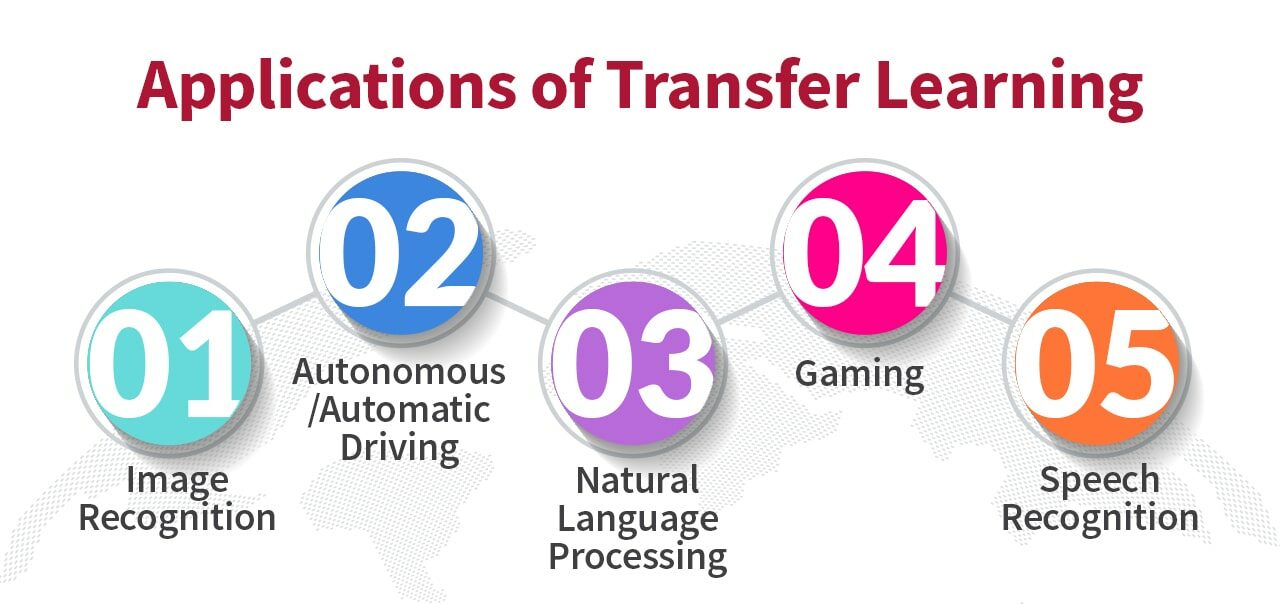
*engati.com
As we have mentioned earlier, transfer learning is an emerging technology that finds applications in varied fields of machine learning. It is already showcasing real-world usages. Let’s see the popular application areas of transfer learning:
1. Computer Vision
- Sharper Image Classification: You see a doctor quickly recognising the X-ray abnormalities. Well, the credit goes to transfer learning. There are pre-trained models such as ResNet and CGG, which are first trained on huge datasets and are then fine-tuned for specified domains like medical imaging. This helps with accurate and quick diagnosis in identifying patterns in MRIs, X-rays and various other medical images.
- Enhanced Object Detection: In the automobile industry, self-driving cars and security systems are the most popular features these days that users demand. But these features function smoothly because they rely on precise object detection. This is where transfer learning comes in, which facilitates adapting pre-trained models and recognising particular objects. For example, Automatic vehicles use models like transfer learning to detect pedestrians, vehicles, and other obstacles on the road and ensure safe navigation.
2. Healthcare
- Earlier and More Accurate Diagnoses: Without a doubt, transfer learning is showing its powerful capabilities in healthcare by assisting with earlier and precise diagnosis. As mentioned earlier, by fine-tuning the medical images and MRIs, doctors can get valuable insights. Such technologies are highly used in identifying diseases such as cancer and pneumonia at an early stage.
- Personalised Medicine: The technology is not leaving a single stone unturned in the healthcare industry. When it comes to personalised treatments, transfer learning plays a crucial role more than ever. Their models can be utilised to know patients’ medical history, genetic data, and to predict their approach to specific treatments.
3. Intelligent Robotics
- Dexterous Object Manipulation: Robots are evolving into smarter and more adaptable devices through transfer learning! Transfer learning is a technique where pre-trained models are adapted to on-the-job-specific tasks. With transfer learning, robots can take on object pick-and-place tasks with impressive precision. The efficiency and accuracy of robots make them a huge asset in assembly lines and manufacturing processes, completing delicate and more complex tasks!
- Efficient Navigation: Imagine a world where robots roam in complex environments with ease. Transfer learning makes this world a reality. Robots now can utilise models that have previously had experience on similar tasks and plan their motion and navigate autonomously in different contexts, such as warehouses or healthcare. This not only increases the operational capabilities but can also decrease the need for human input.
4. Natural Language Processing
- Understanding Human Language: Transfer learning is also an enormous breakthrough for dealing with human language. Models such as BERT and GPT have been trained on large volumes of textual data, which allows models to fine-tune their performance on particular Natural Language Processing (NLP) tasks. Companies have been able to analyse sentiment on social media, gaining insight into the public’s thoughts and feelings, and quickly responding when necessary.
These models are also great for filtering emails or detecting and blocking spam, which improves communication efficiency. Overall, and it is still early on, we can notice in enterprise, document classification tools are utilising transfer learning for quickly classifying, gathering, and retrieving information relevant to enterprise activities, which drastically increases productivity for all end-users. - Building Conversational AI: Chatbots and virtual assistants are getting smarter too, all with the help of transfer learning. By adapting pre-trained models, these AI systems can understand and generate human-like responses. This makes them more engaging and helpful—they can handle customer inquiries, provide technical support, and even assist with online shopping, greatly enhancing the user experience and operational efficiency.
5. Finance
- Combating Fraud: In finance, transfer learning can be tremendously valuable for tackling fraud. By modifying models previously trained to identify anomalies in any domain, financial institutions can determine patterns that are indications of fraudulent behaviour in transactions. Much like protecting a consumer, fraud is valuable in itself.
- Smarter Algorithmic Trading: The financial markets leverage the power of transfer learning to optimise trading strategies. Certain models can be developed or fine-tuned through various general market specificities to develop algorithms that make initial stock predictions based on trading patterns or other features, as well as make the best recommendations for trades, whether they be buying, holding, or selling. The result is access to better decisions, decreased risk, and increased profits for traders and investors.
Final Thoughts
For data scientists who want to advance into deep learning, understanding transfer learning is of utmost importance. Not only does it help them to use pre-trained models in the right way, but it also extracts accurate and valuable information from existing data. So, if you want to further enhance your expertise in transfer learning, consider exploring the Jaro Education online programme for data scientists. Our online programme and courses are designed with an industry-standard curriculum and a practical, hands-on approach.
Hope you like the article and get an understanding of what transfer learning in deep learning is, with its types and applications.
Frequently Asked Questions
What is transfer learning, and its types?
Transfer learning (TL) is a technique in machine learning where a model that has already been trained on one task is adjusted to work on a new, related task. Building a new machine learning model from scratch takes a lot of time, data, and computing power. Transfer learning helps speed up this process by leveraging existing knowledge.
What is transfer learning in large language models (LLMs)?
In large language models (LLMs), transfer learning is how these models use what they’ve learned from previous tasks to tackle new ones. LLMs are a type of artificial intelligence that can handle huge amounts of data. They use deep learning to understand and generate human language based on this knowledge.
What is the purpose of the transfer of learning?
Transfer of learning refers to using skills and knowledge you’ve already gained when facing new learning challenges or problems. It highlights the importance of recognising similarities between what you’ve learned before and what you are currently learning. This connection can help you understand and solve new tasks more easily.










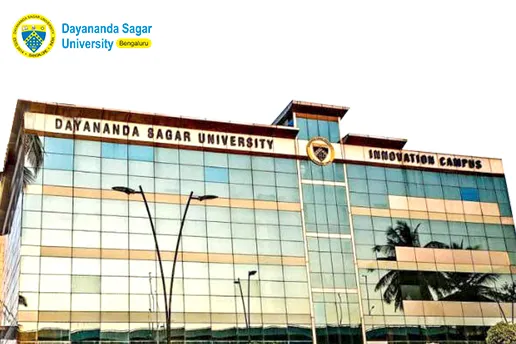

![AI Engineer Salary in India [For Beginners and Experienced] in 2025](https://jaro-website.s3.ap-south-1.amazonaws.com/2025/05/AI-Engineer-Salary-in-India-For-Beginners-and-Experienced-in-2025.webp)

